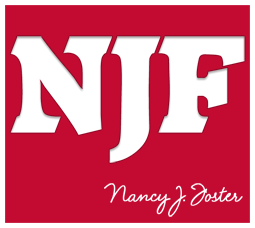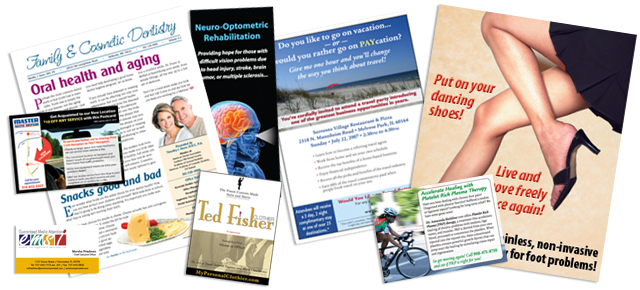 You could take all the art, design, and marketing classes available, but you can’t beat the education to be had working for a marketing research firm. Many years ago I had the good fortune of working for one, conducting face-to-face surveys, phone surveys, and focus groups. We tested both marketing campaigns and products. It was a very enlightening experience that greatly contributed to my design philosophy.
You could take all the art, design, and marketing classes available, but you can’t beat the education to be had working for a marketing research firm. Many years ago I had the good fortune of working for one, conducting face-to-face surveys, phone surveys, and focus groups. We tested both marketing campaigns and products. It was a very enlightening experience that greatly contributed to my design philosophy.
One particular survey I worked on provides a fantastic illustration of one of the most important lessons I learned there. We were surveying a print ad for a particular brand of champagne. We created a book of numerous full page ads, and in and amongst them was our client’s ad. Conducted individually, we had survey participants flip through the book. When they were done, participants were asked about what ads they remembered, whether they knew what product was being promoted, etc. It was amazing how many people didn’t remember some ads at all. More interesting was that, for many of the ads they did remember, they couldn’t tell me the product. Our client’s ad suffered this phenomenon. People remembered the ad — it was definitely eye catching — but many didn’t have a clue what it was actually advertising. Would you consider that a successful ad? I certainly don’t.
The point is you can make an amazing piece of art that design professionals ooh and ahh over, but if it doesn’t sell the client’s product or service, it was a waste of their money. Sure, you the designer may earn awards for your art, but you did a huge disservice to your client. Remember a design professional’s true purpose — to help his client, not earn awards from his peers.
Television commercials are often guilty of this same phenomenon. The Monday after a Super Bowl may have people talking about the very expensive commercials run during the game, but how many of those commercials will generate business for the companies running them? I think one of the worst from the 2012 game has to be the Toyota Camry “Reinvent” ad. Really? Curtains made of pizza? A baby that doesn’t poop and is also a time machine? What were these guys smoking when they came up with this concept? Some amusing images, but it didn’t tell how the car was reinvented or convince you to buy one.
You owe it to your client produce an effective marketing piece. That’s what he’s paying for after all. Of course, sometimes the client is his own worst enemy, refusing to take your advice on what would be most effective. Here’s another example from an old employer of mine, shortly before I chose to go out on my own. The company was taking out a full page ad in a magazine that was pretty text-heavy (it was geared to librarians). I tried to talk the owners into doing a very minimal ad — still a full page, but with just a short paragraph and logo floating in a sea of white space. With such a text-heavy magazine it would definitely grab the reader’s attention and that’s the first job of an ad. The short message would have been enough to tease and get prospective customers to reach for more information which is what we wanted. But the owners’ response was that they’re paying for a full page so they wanted it packed full. Worse, they wanted the ad mocked up to look like the articles in the magazine. I tried my best to convince them it wouldn’t be as effective, but to no avail. I had to create the artwork they wanted. And no, we didn’t get much response from that ad.

